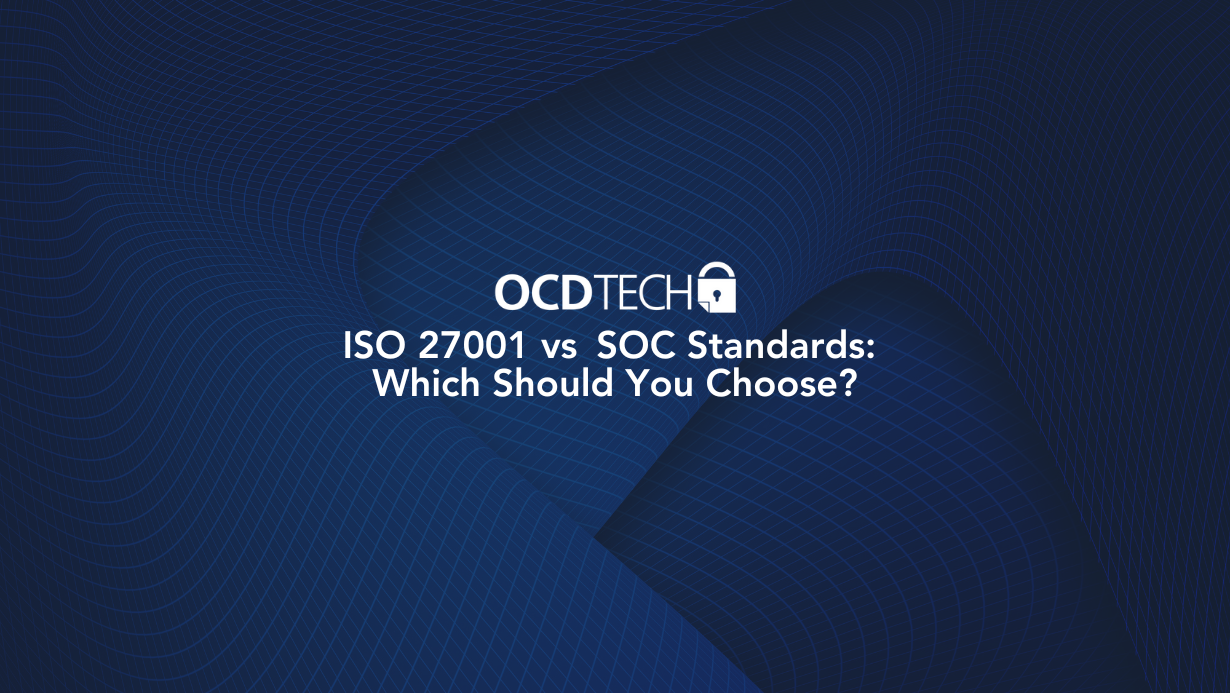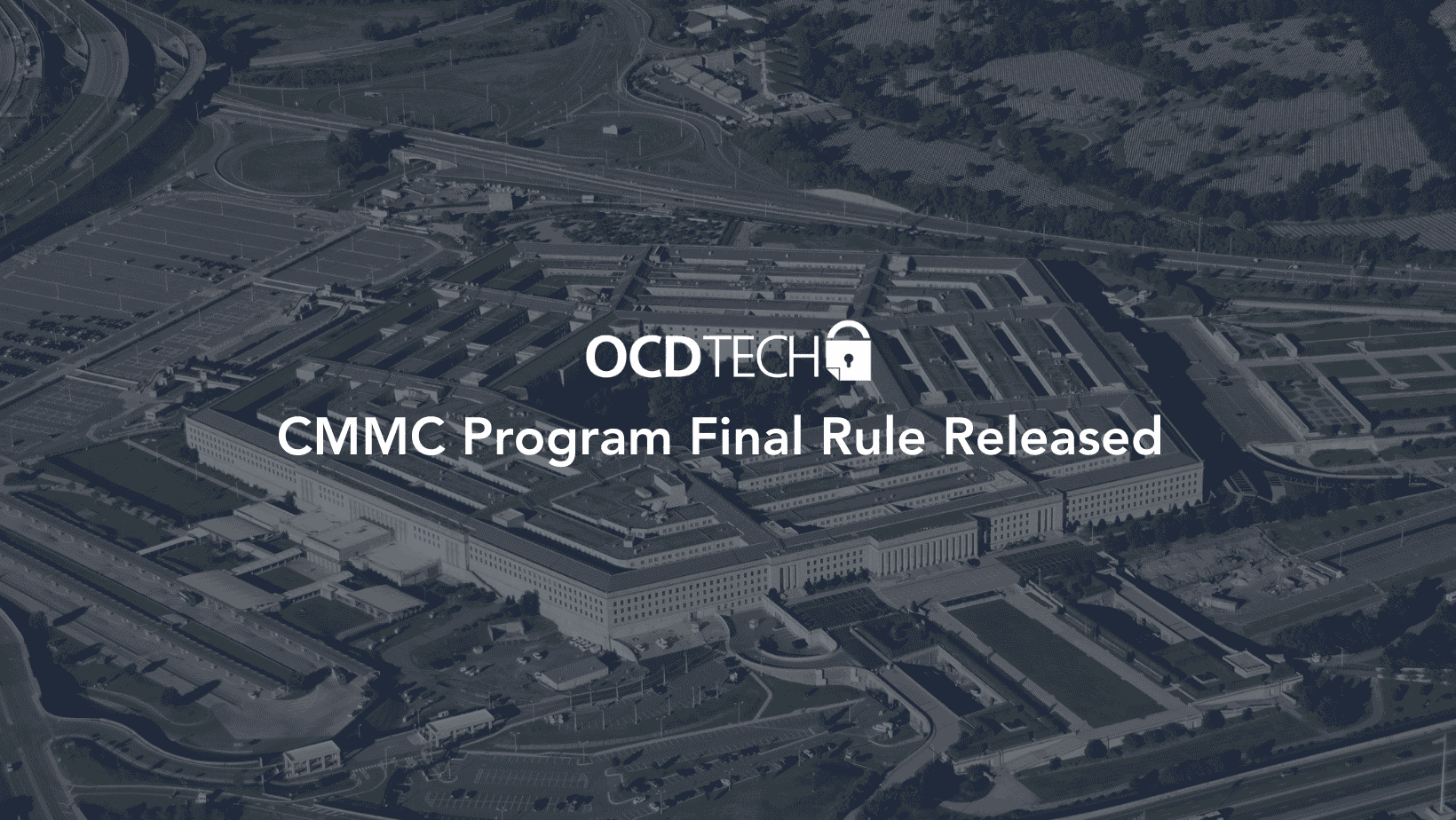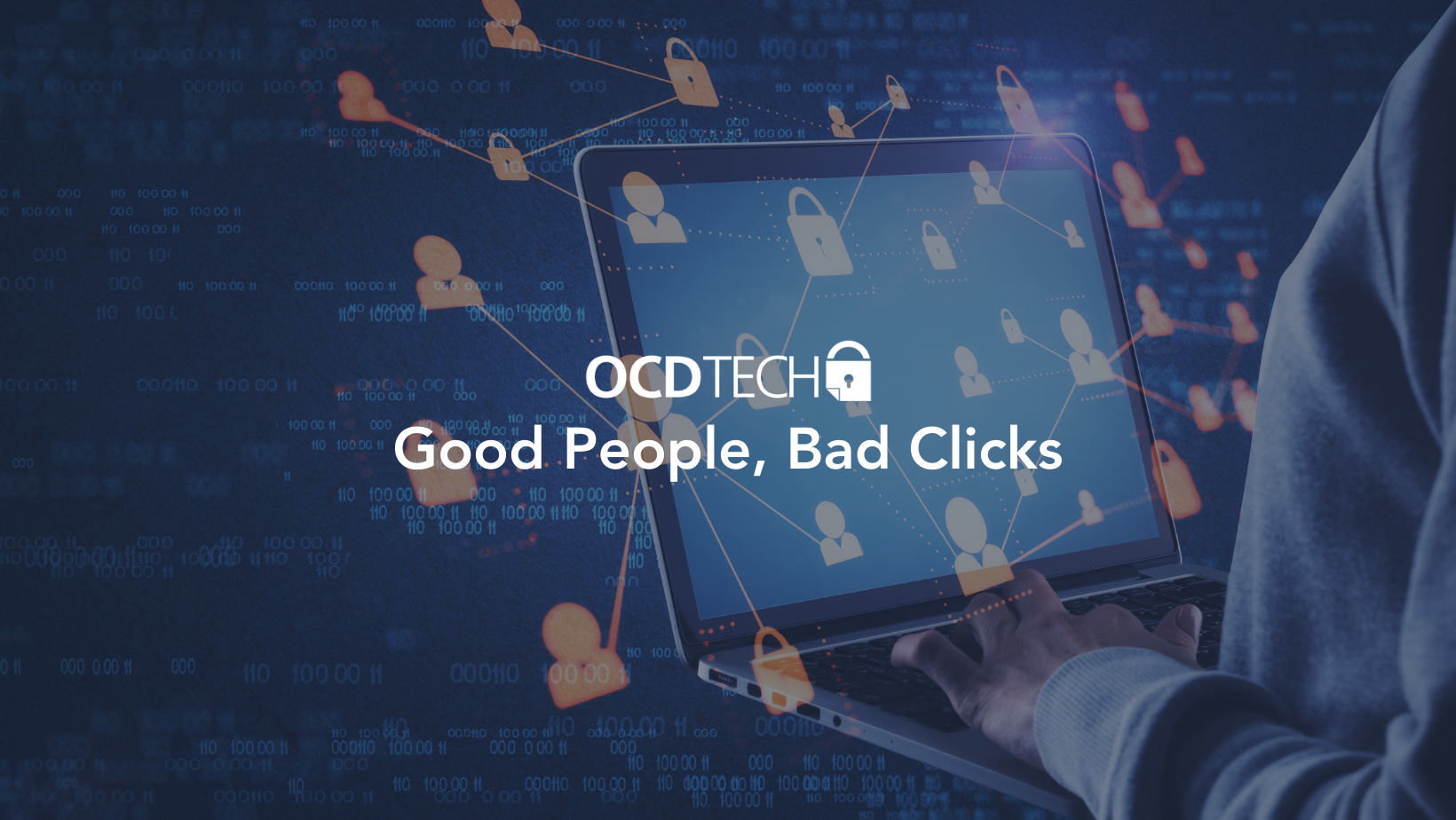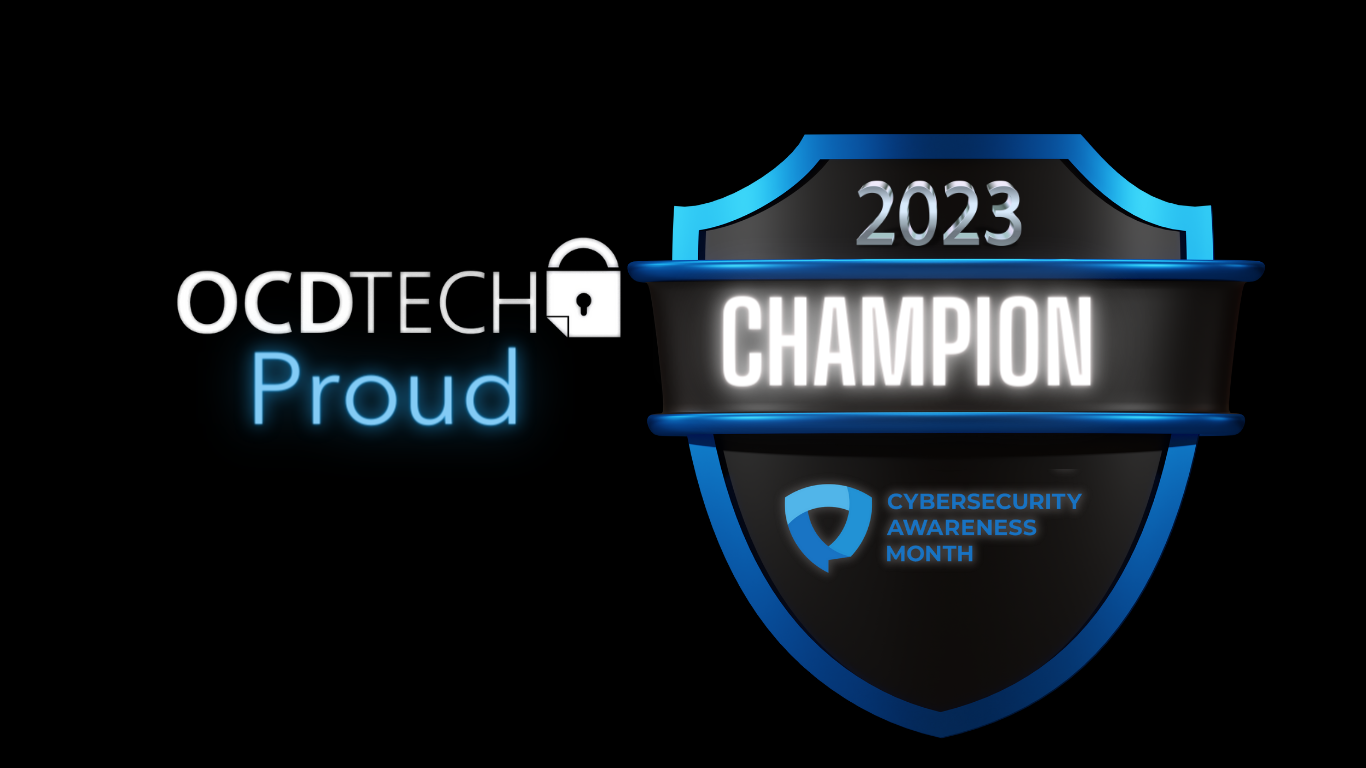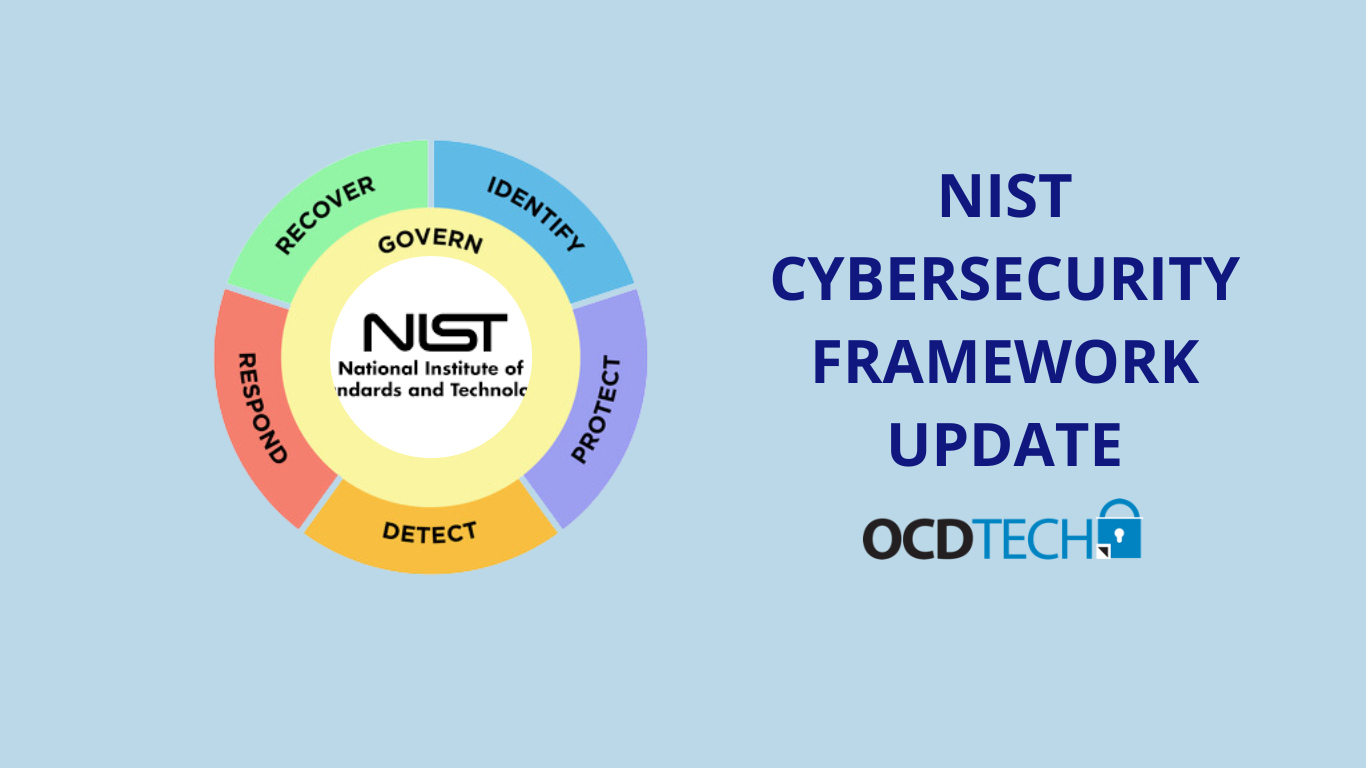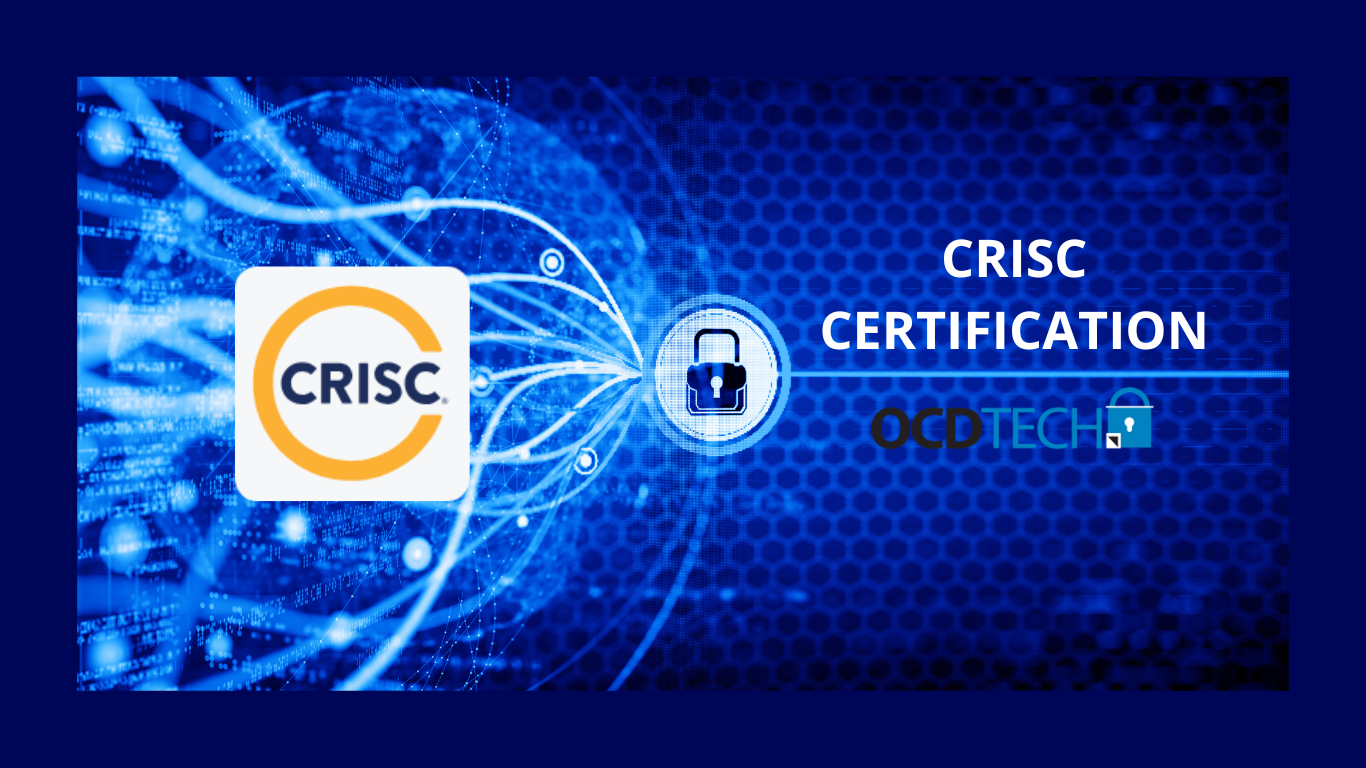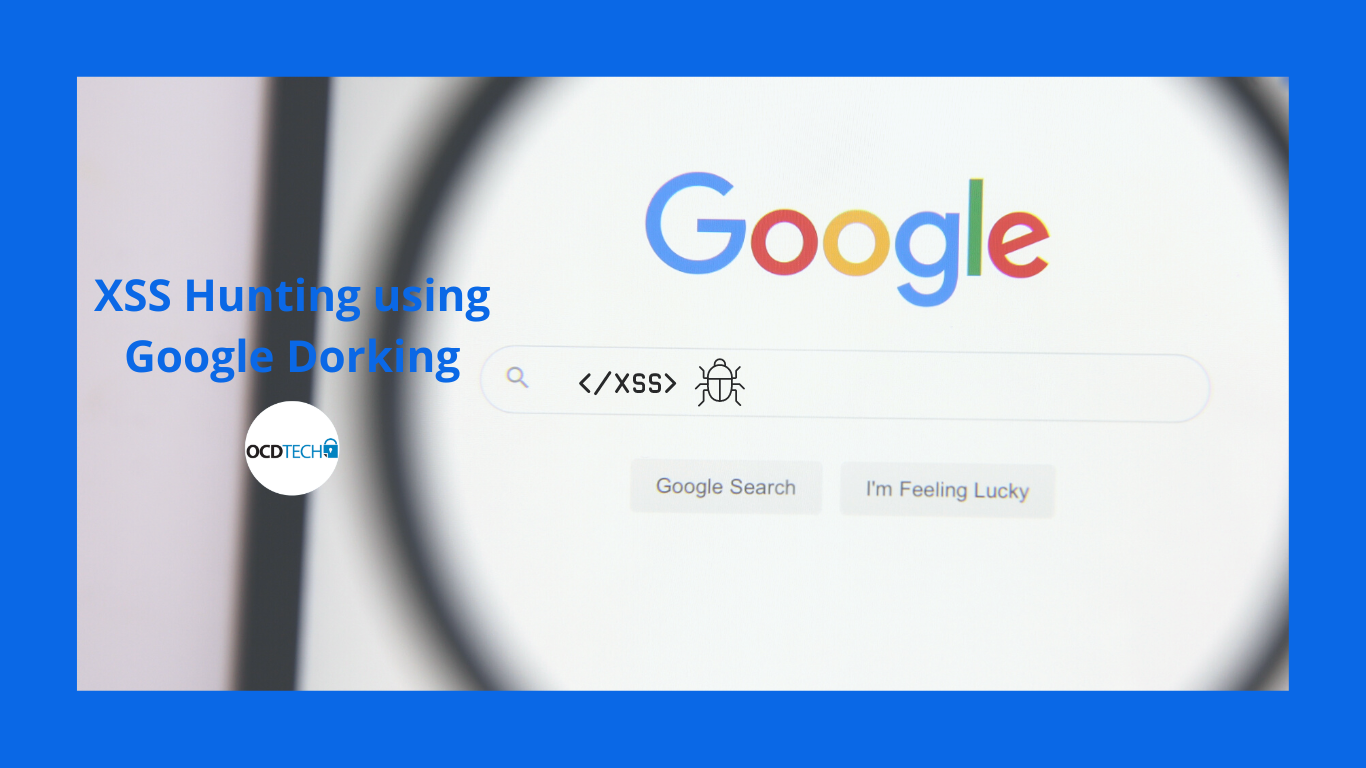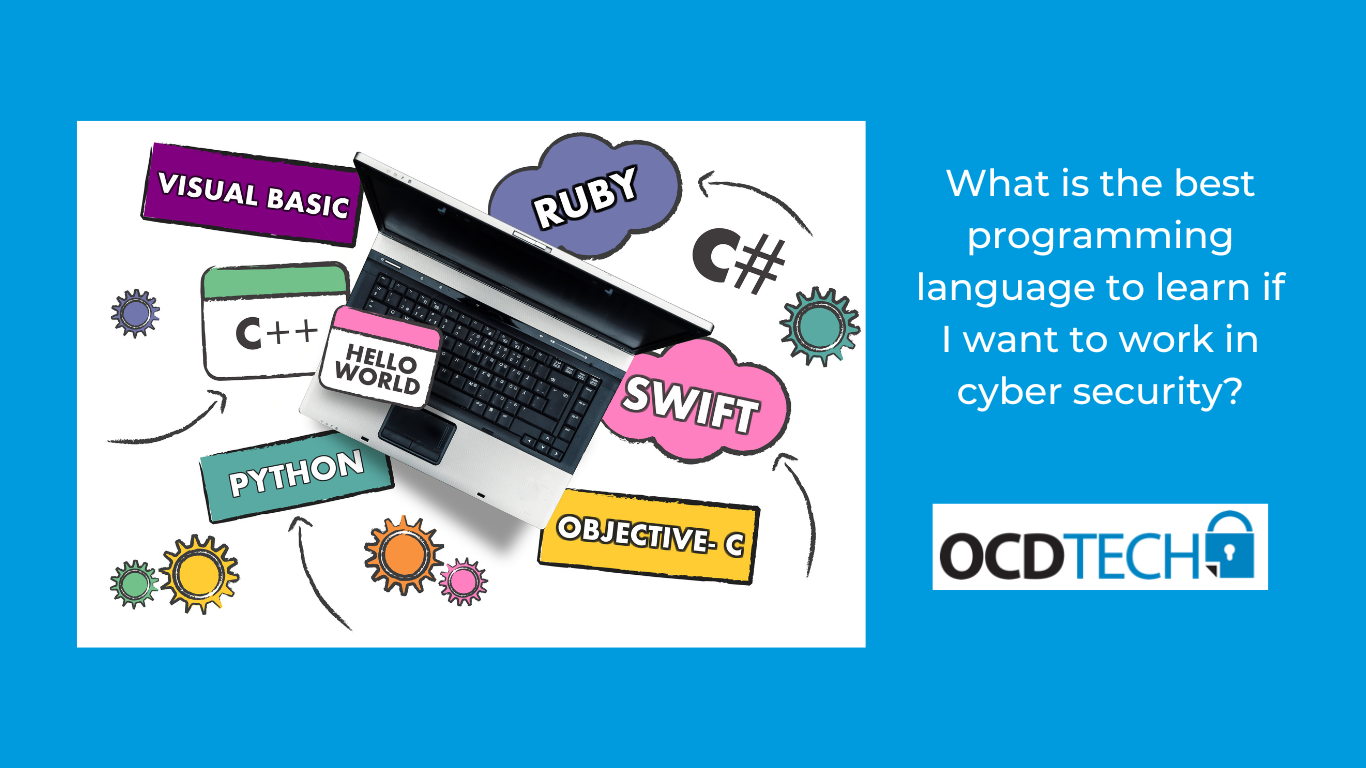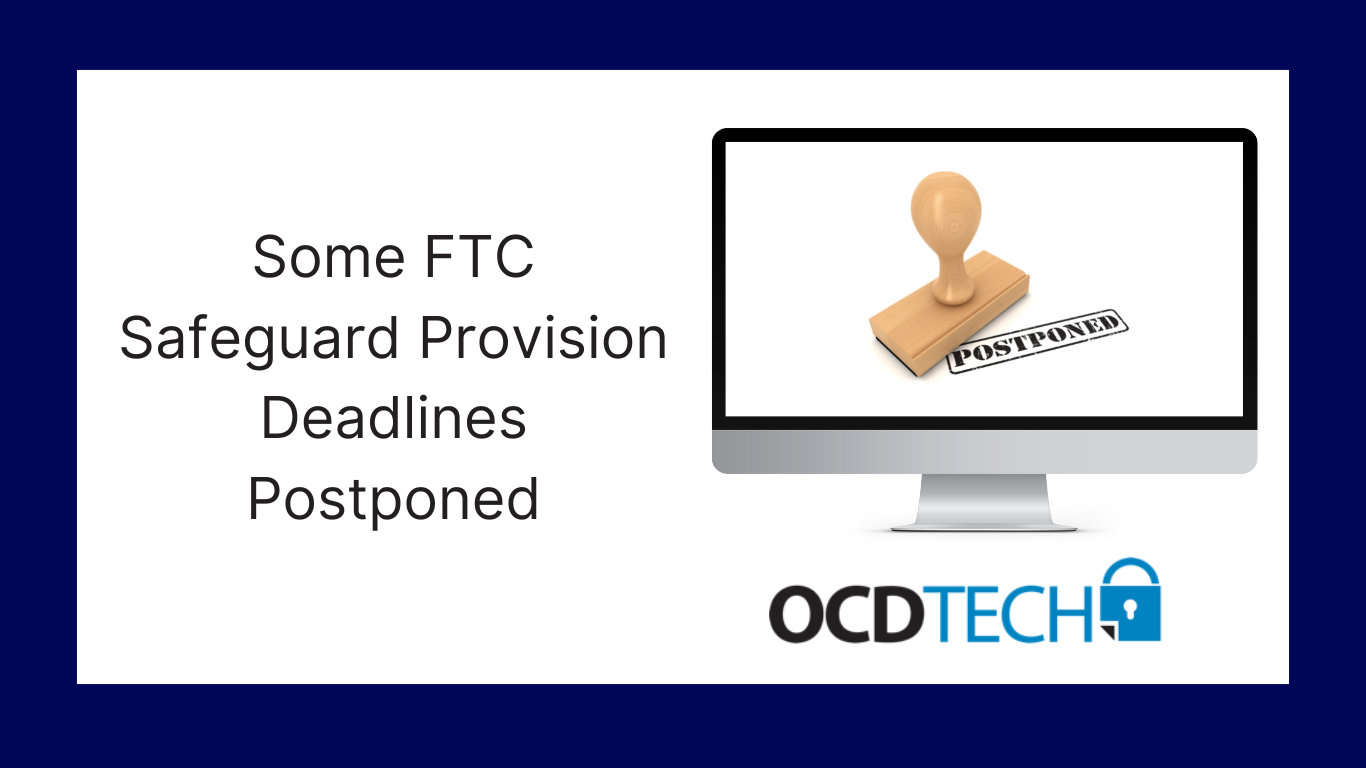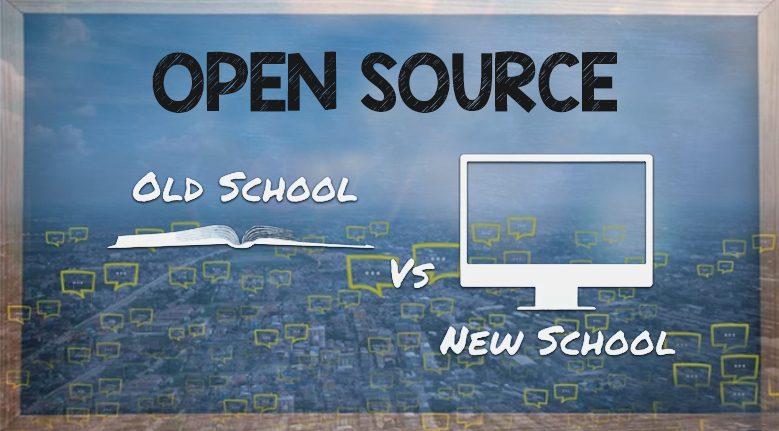Machine Learning

The Beginner's Guide to Machine Learning: Everything You Need to Know
Machine learning is a branch of artificial intelligence that allows computers to learn and improve from experience without being explicitly programmed. It has become increasingly popular in recent years, with applications ranging from self-driving cars to personalized recommendations on streaming services. If you're new to machine learning, this guide will provide you with a basic understanding of the technology and its potential uses.
What is machine learning?
Machine learning is a type of artificial intelligence that allows computers to learn and improve from experience without being explicitly programmed. It involves the use of algorithms and statistical models to analyze and draw insights from data, which can then be used to make predictions or decisions. Used in a wide range of applications, from image recognition and natural language processing to fraud detection and personalized recommendations.
The global machine learning market is steadily growing: in 2021, it was valued at $15.44 billion, and owing to the increasing adoption of technological advancements, it is expected to grow from $21.17 billion in 2022 to $209.91 billion by 2029, at a CAGR of 38.8%. Fortune Business Insights
Types
There are three main types of machine learning: supervised learning, unsupervised learning, and reinforcement learning. Supervised learning involves training a model on labeled data, where the correct output is already known. Unsupervised learning involves training a model on unlabeled data, where the model must find patterns and relationships on its own. Reinforcement learning involves training a model through trial and error, where the model receives feedback in the form of rewards or punishments based on its actions.
Supervised Learning
Supervised learning is a type of machine learning where the model is trained on labeled data. This means that the correct output is already known, and the model is trained to predict this output based on the input data. For example, if you wanted to train a model to recognize handwritten digits, you would provide it with a dataset of labeled images where each image is labeled with the correct digit. The model would then learn to recognize patterns in the images and make predictions based on those patterns. Supervised learning is commonly used in applications such as image recognition, speech recognition, and natural language processing.
Unsupervised learning
Is a type where the model is trained on labeled data. This means that the correct output is already known, and the model is trained to predict this output based on the input data. For example, if you wanted to train a model to recognize handwritten digits, you would provide it with a dataset of labeled images where each image is labeled with the correct digit. The model would then learn to recognize patterns in the images and make predictions based on those patterns. Supervised learning is commonly used in applications such as image recognition, speech recognition, and natural language processing.
Reinforcement learning
Where an agent learns to make decisions by interacting with an environment. The agent receives rewards or punishments based on its actions, and its goal is to learn how to take actions that maximize its rewards over time. This type of learning is often used in applications such as game playing, robotics, and autonomous vehicles. One famous example of reinforcement learning is AlphaGo, the computer program that defeated the world champion at the game of Go.





.svg)
.svg)
.svg)
.svg)
.svg)
.svg)
.svg)




